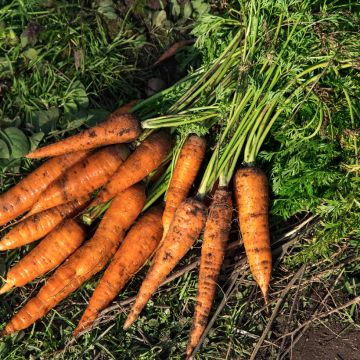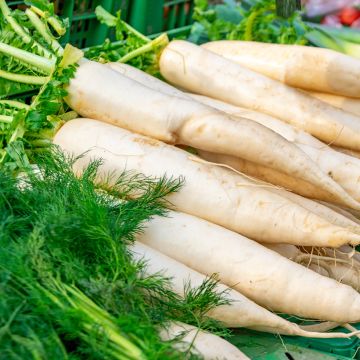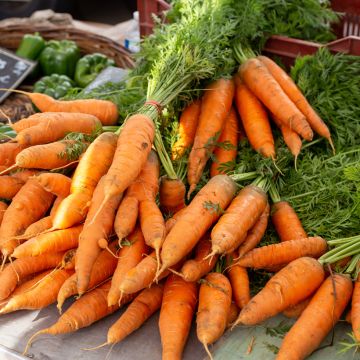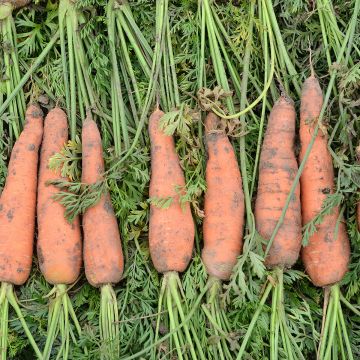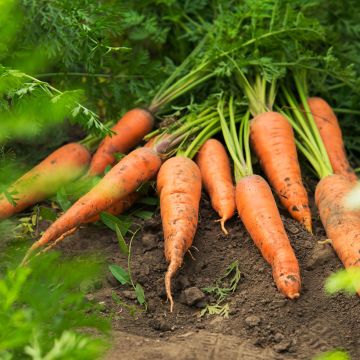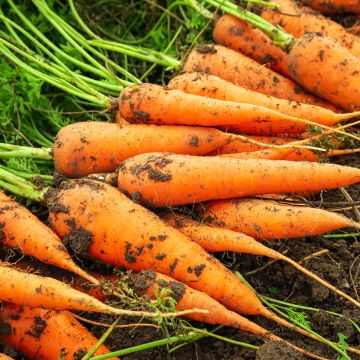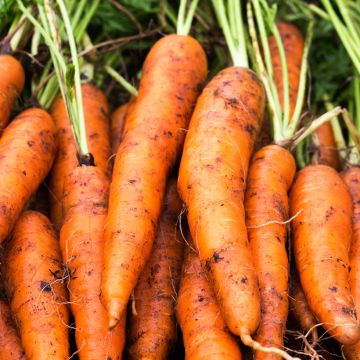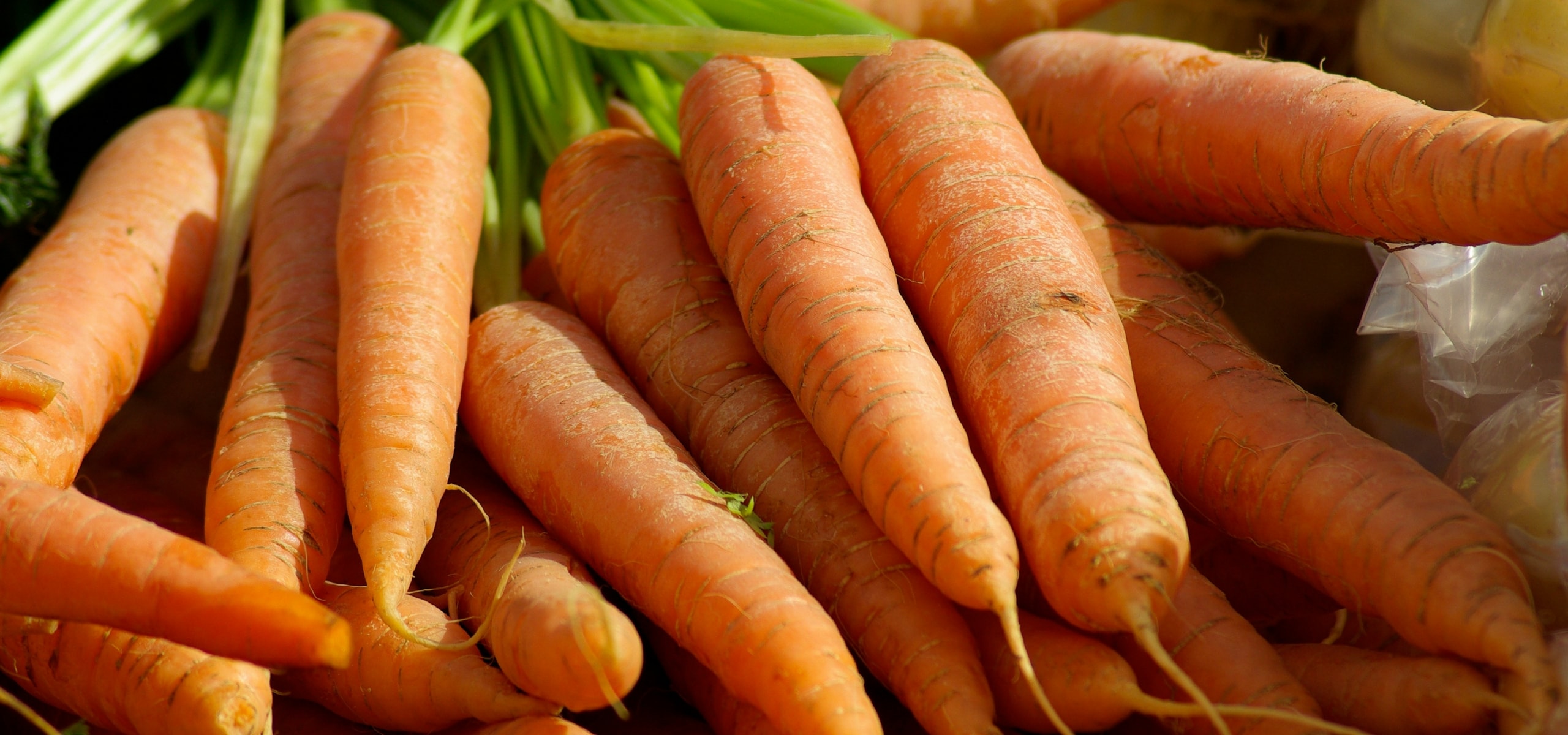
Succeeding in carrot cultivation
Sowing, maintenance, harvest
Contents
The choice of variety
Long carrots, such as ‘de Carentan’, are mainly suited for deep soils and for autumn and winter harvests. Demi-long varieties, such as ‘Touchon’, do not form a heart and can be harvested as early as June. In heavy and compact soil, it is preferable to opt for varieties known as demi-courtes, such as ‘de Chantenay’, or grelot varieties like ‘Marché de Paris’.
Where to sow: exposure and soil
Carrot enjoys deep, rich, and light soils as well as a sunny exposure.
Carrot pairs well with leek, lettuce, and radish, its favourite companion for sowing. Avoid planting it next to dill and parsnip.
Discover other Carrot seeds
View all →Available in 1 sizes
Available in 1 sizes
Available in 1 sizes
Available in 1 sizes
Available in 1 sizes
Available in 1 sizes
Available in 1 sizes
Available in 1 sizes
Available in 1 sizes
Available in 1 sizes
A sowing that requires attention
Sowing carrots is done directly in place, from March to July, in well-prepared soil (weeded, decompacted, and raked). Under cover, sowing is possible from February to November.
If sowing carrots is sometimes daunting, it’s because:
– the seeds are fine: overly generous sowing leads to tedious thinning,
– germination is slow, making weeding a bit complicated.
To overcome these difficulties:
– Sow carrots and radishes simultaneously: fast-growing radishes mark the row and, after harvest, leave space for the carrots.
– Use coated seeds or seed tapes: the latter are child’s play, as the seeds, enclosed in biodegradable paper, are pre-spaced. Just bury the tape and water.
Cultivation
Once they have emerged and thinning has been carried out, carrots require no specific maintenance, apart from regular hoeing and weeding. To avoid this, we recommend mulching the soil. This will reduce the need for weeding while allowing the soil to retain its moisture.
Watering can be spaced out, but it should be generous to prevent the roots from going deep.
Protecting carrot crops from carrot fly
The main pest is the carrot fly, Psila Rosae. This parasitic insect, in its larval stage, burrows galleries in the roots. It is present in gardens from April until early November.
Among all the preventive measures, the installation of an anti-insect net is the most effective. However, it can be accompanied or replaced, if you believe you are not in a high-risk area, by:
– associating with leek,
– implementing a mulch made of repellent plant waste (lavender, tansy),
– using a resistant variety such as ‘Resistofly F1’ or ‘Fly away F1’
The harvest
Harvesting takes place 12 to 16 weeks after sowing, depending on the varieties and temperatures. It is carried out using a fork, taking care not to damage the roots, as this would affect their preservation. Carrots can overwinter in the ground provided they are protected from frost by a thick layer of fallen leaves.
- Subscribe!
- Contents































